Hackers love these 7 smart home devices — here’s how to keep them secure
These easy steps can help protect all the smart devices in your home

Although everyone wants a convenient home, there’s little that’s less convenient than a hacked smart home appliance. When it comes to the best smart home devices, the hard and fast rule is: if it’s connected to Wi-Fi you’re going to need to make sure it's secured because there’s going to be a way to hack it.
The good news is that once you've figured out how to lock down one, it's pretty easy to repeat the process for the rest of them. Here's a list of seven of the most vulnerable smart devices in your home, and the steps you can take to make sure they're more secure than they are right now.
1. Wi-Fi routers
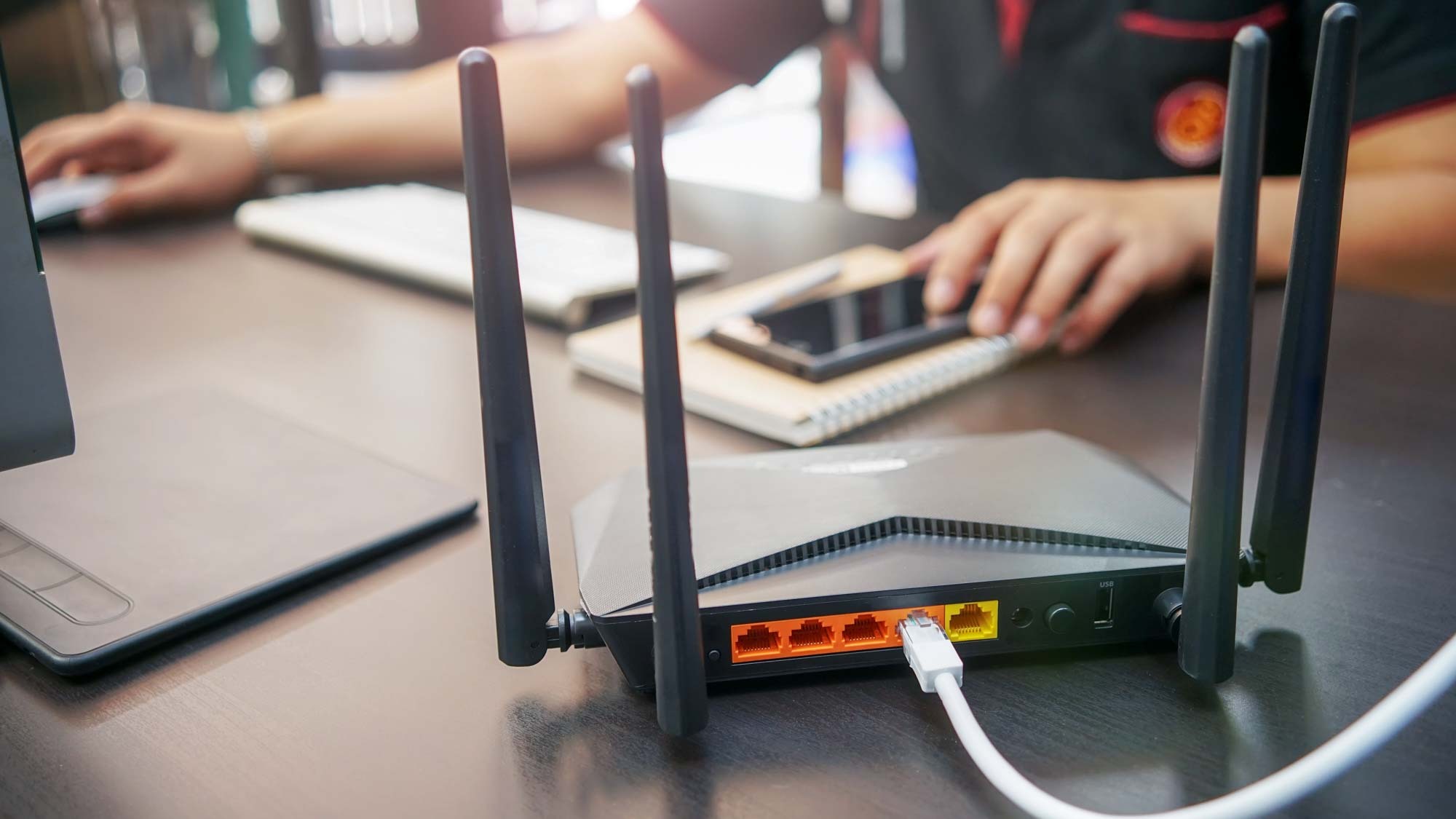
Number one with a bullet. Routers are often left on default settings and then forgotten about, and they are a point of entry for hackers far, far too often. Once a Wi-Fi router has been hacked, a threat actor can carry out all manner of malicious activity – from stealing sensitive data to slowing your connection, monitoring traffic to redirecting you to fake or malicious sites.
Old routers are often the most vulnerable, but the problem when it comes to routers is that they're often running outdated firmware, using weak or default passwords or they lack encryption. Fix this by keeping your router updated, using a strong and unique password and enabling a firewall (which is often available as a feature with the best antivirus software but if not your operating system has one too).
2. Security cameras
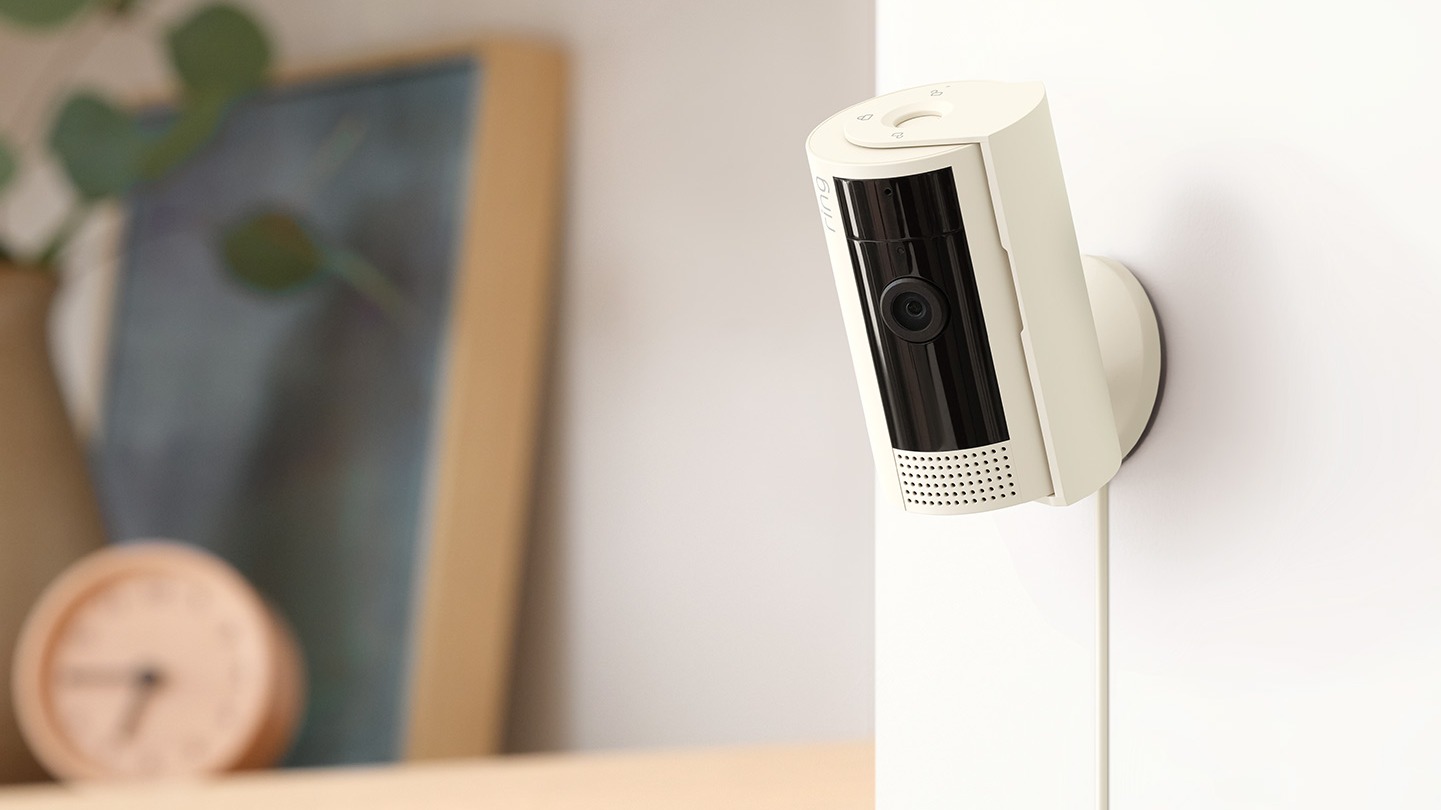
Security cameras that aren't locked down are a major issue because they can be hijacked to provide a hacker with a live feed in to your home. There are multiple cases of private cameras being streamed online by hackers, so it’s particularly important to make sure that your connected cameras are not left with default passwords in place or running outdated software.
Obviously you’ll want to change the default login credentials and always make sure to enable two-factor authentication as well. Additionally, always keep your firmware up to date. Most of the best home security cameras have privacy settings or a way to keep the camera covered with a shutter when not in use. You can also look to see if your device uses end-to-end encryption to add another layer of security.
3. Baby monitors
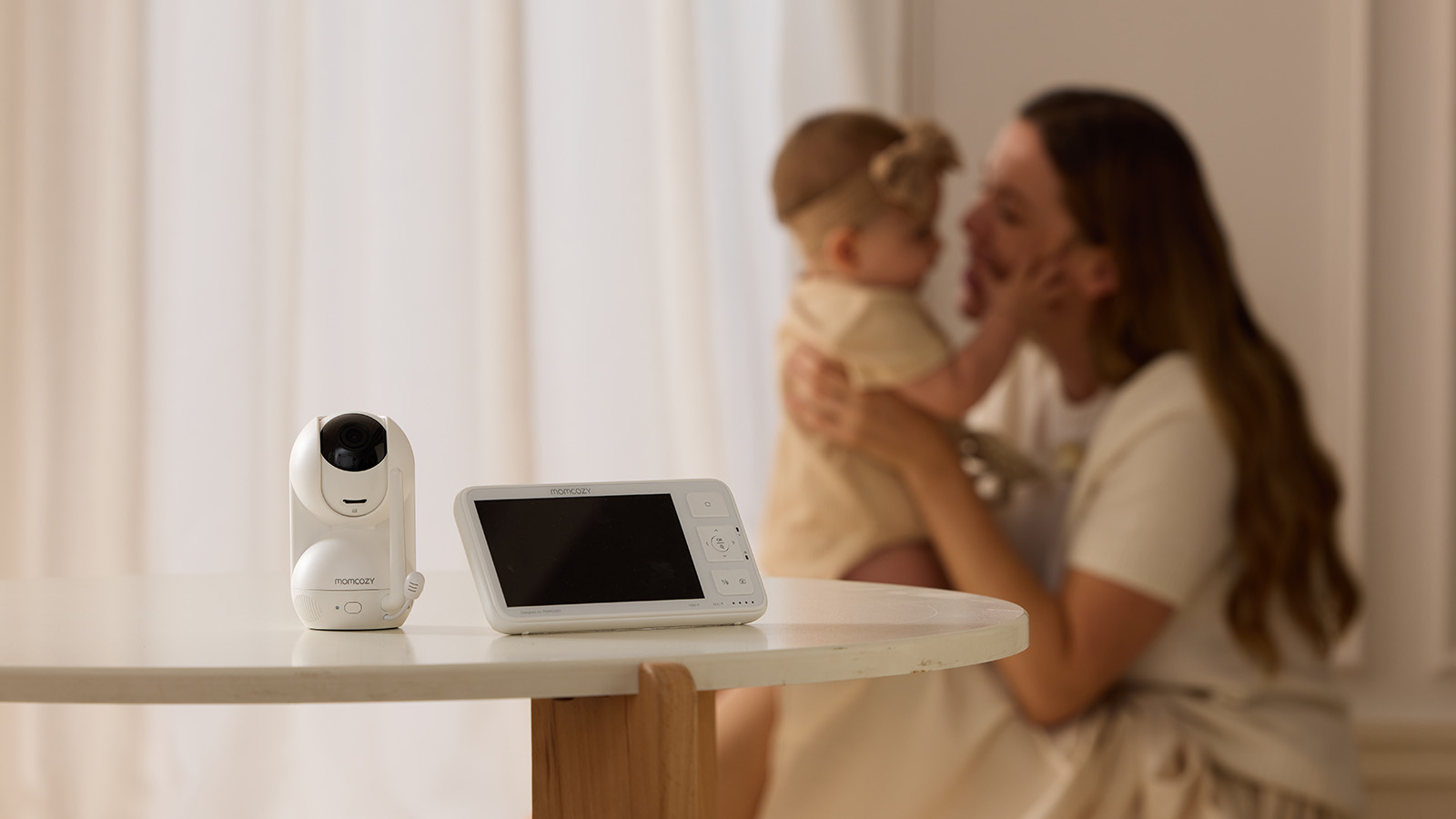
Much like smart home security cameras, even the best baby monitors can be vulnerable to hacking if they’re connected to a Wi-Fi network. Many of these are left forgotten on a default password or have remote access settings that leave them wide open to hacking, and there have been instances where they have been compromised.
Get instant access to breaking news, the hottest reviews, great deals and helpful tips.
Luckily, the instructions for how to secure these cameras are much the same as home security cameras, so once you’ve gotten the hang of doing one, it’s easy to duplicate the steps for others, especially if they're from the same brand. For starters, change any default passwords to strong and unique ones, keep their firmware updated and always disable remote viewing when not in use.
4. Smart speakers

These little devices may seem like a helping hand as they can control all the things in your house from your lights, locks and your playlist, but what happens when they fall into the wrong hands? Now your playlist is all Nickelback, you’re locked out of your garage and your living room lights are flashing like a rock concert.
Smart speakers are already fickle enough to get triggered by words in TV commercials, so why make it worse by leaving them open to hackers as well? Like everything else on this list they can also be secured and locked down with a little extra effort. Make sure that you enable voice PINs, you always update their firmware, use strong passwords and keep your devices away from windows.
5. Video doorbells
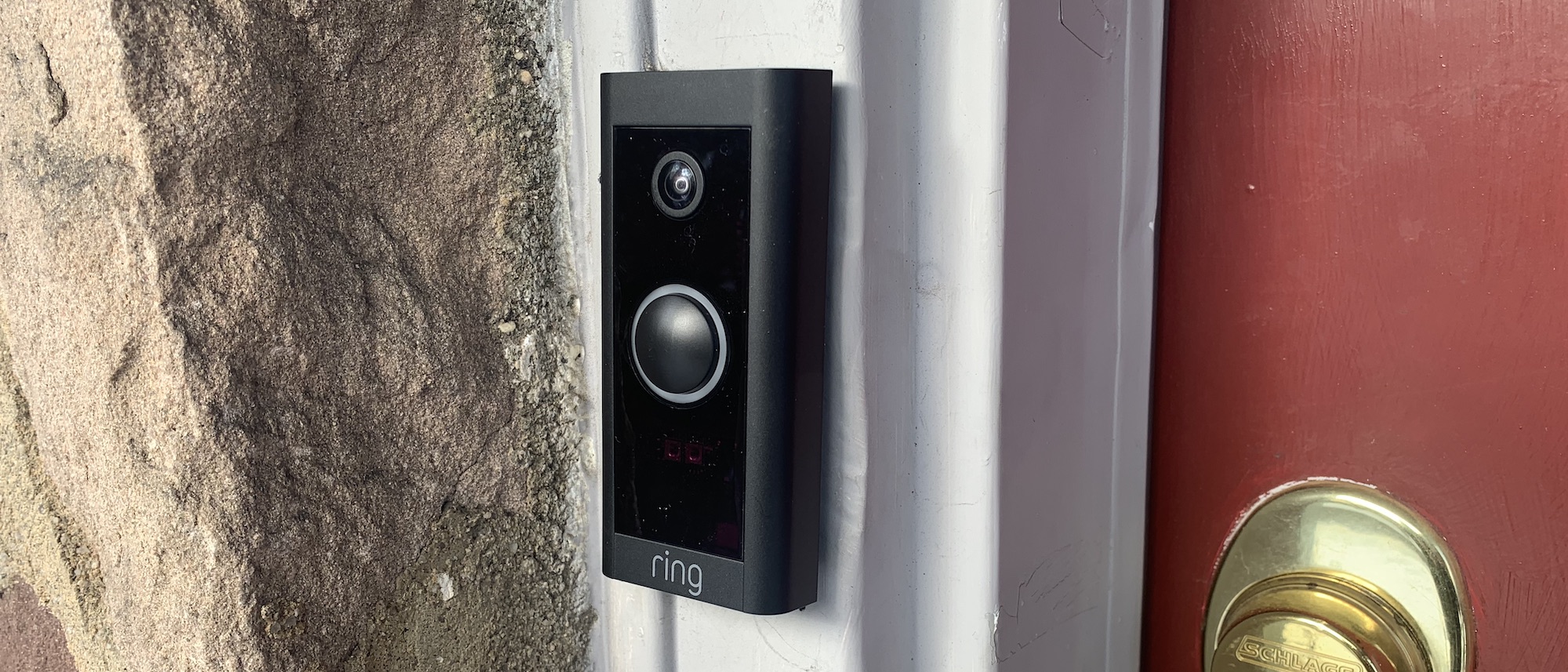
Though the best video doorbells are there to protect the entrance to your abode, the same vulnerabilities that exist for the other devices on this list can make a smart doorbell a risk as well. Hackers have been known to disable them, access their video feeds to spy on homeowners or even go as far as to use them in swatting attacks.
Again, strong and unique passwords are your friend, as is two factor authentication, installing updates promptly and choosing a model that includes an option with an encrypted video feed so there’s no way for anyone to access your footage without authorization.
6. Smart thermostats
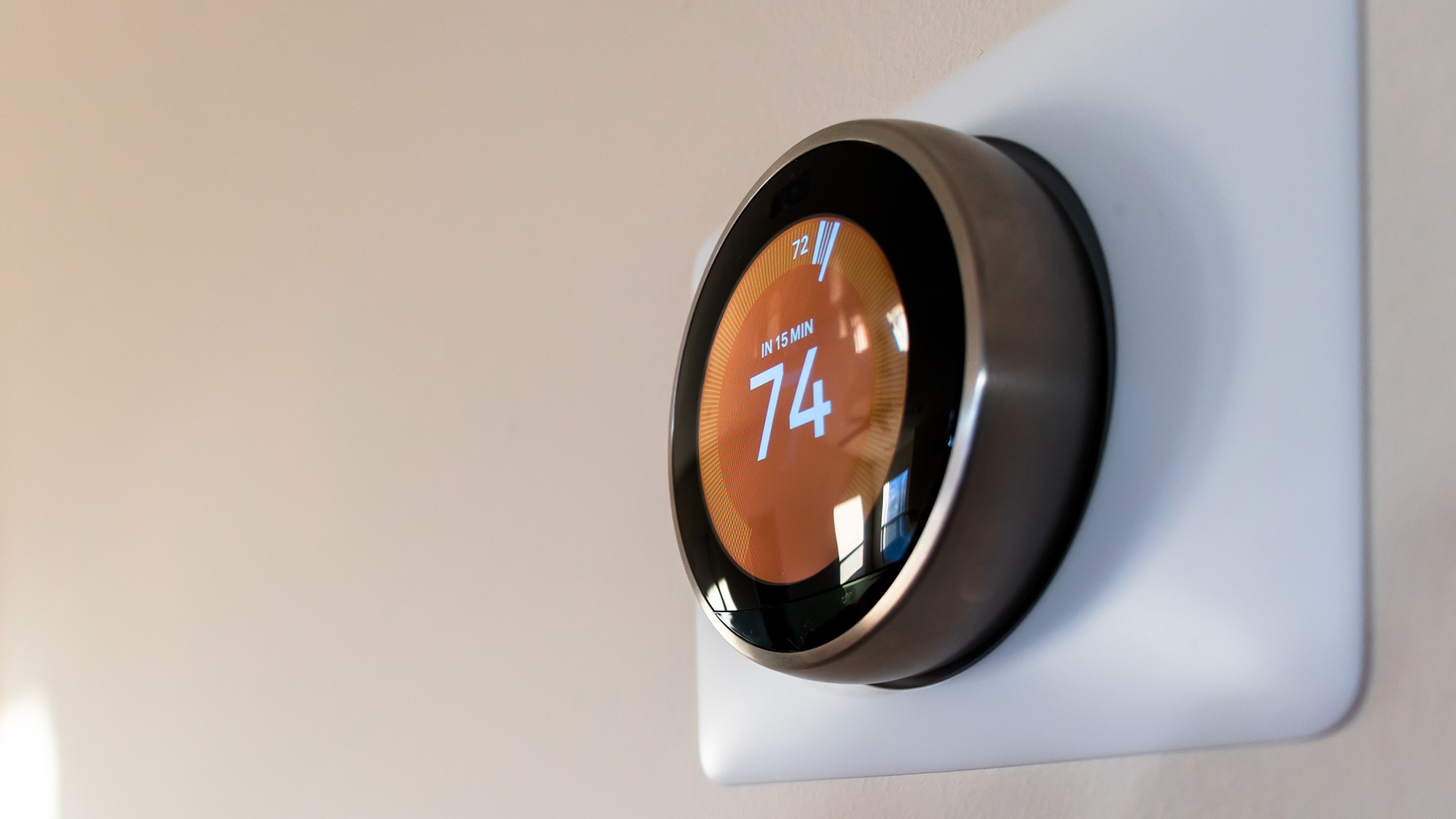
Who doesn’t love the convenience of setting the temperature from the couch with one of the best smart thermostats? Everyone, but hackers have famously been able to access Google Nest devices among others to control the heat and perform other malicious activities.
Avoid sharing login details or passwords between devices – again, strong and unique passwords for each and every device, enable two factor authentication, and install updates promptly. Thermostats can even be placed on a separate network and many of the best Wi-Fi routers let you create one just for your smart devices.
7. Smart appliances
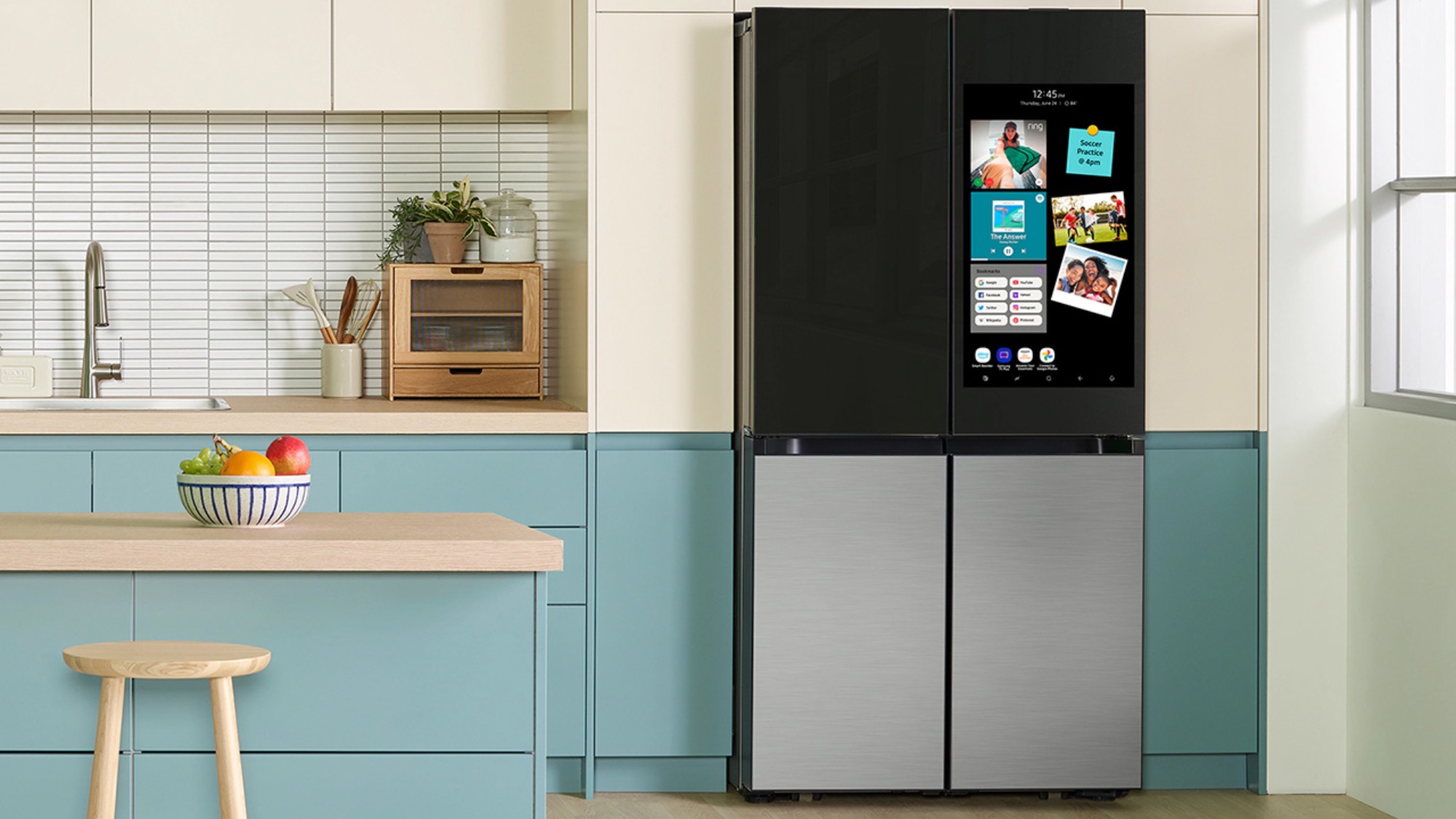
Sure it seemed like a good idea to have a smart fridge, and a smart oven, and upgrade all of your appliances so you could compete not only with the Jones but also with the Jetsons. However, these next-gen smart appliances all connect to Wi-Fi, making them vulnerable, and they often come with weak settings like default login credentials that are rarely changed, and outdated firmware.
For instance, back in 2015, a Samsung fridge had its Gmail credentials stolen by researchers, so make sure you’re protecting all your smart home appliances by disabling unused features, connecting them to separate Wi-Fi networks when possible, keeping software updated, and, of course, changing their default passwords.
Follow Tom's Guide on Google News to get our up-to-date news, how-tos, and reviews in your feeds. Make sure to click the Follow button.
More from Tom's Guide
- I tested four AI-enabled home security cameras — but this is the one I'd actually buy
- We spent 500 hours testing robot mops and these are the only ones worth buying
- Summer is heating up — but so are these 4 deals on our favorite smart thermostats

Amber Bouman is the senior security editor at Tom's Guide where she writes about antivirus software, home security, identity theft and more. She has long had an interest in personal security, both online and off, and also has an appreciation for martial arts and edged weapons. With over two decades of experience working in tech journalism, Amber has written for a number of publications including PC World, Maximum PC, Tech Hive, and Engadget covering everything from smartphones to smart breast pumps.
You must confirm your public display name before commenting
Please logout and then login again, you will then be prompted to enter your display name.
